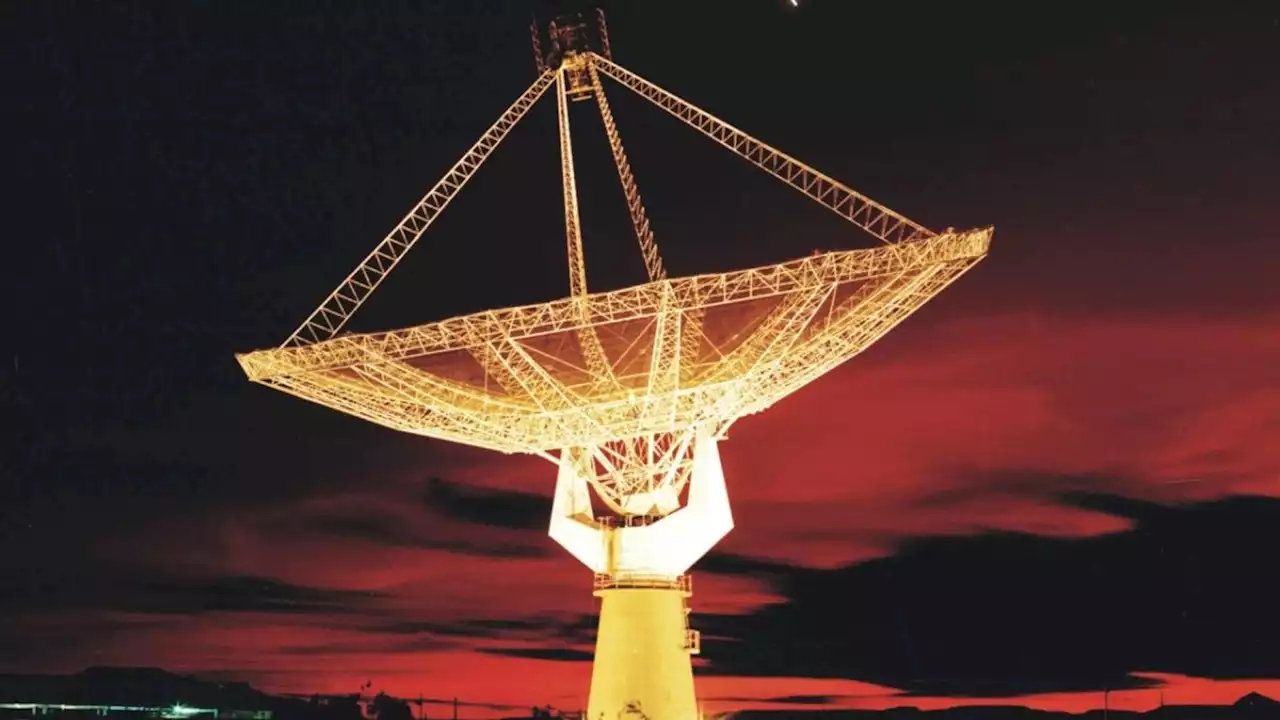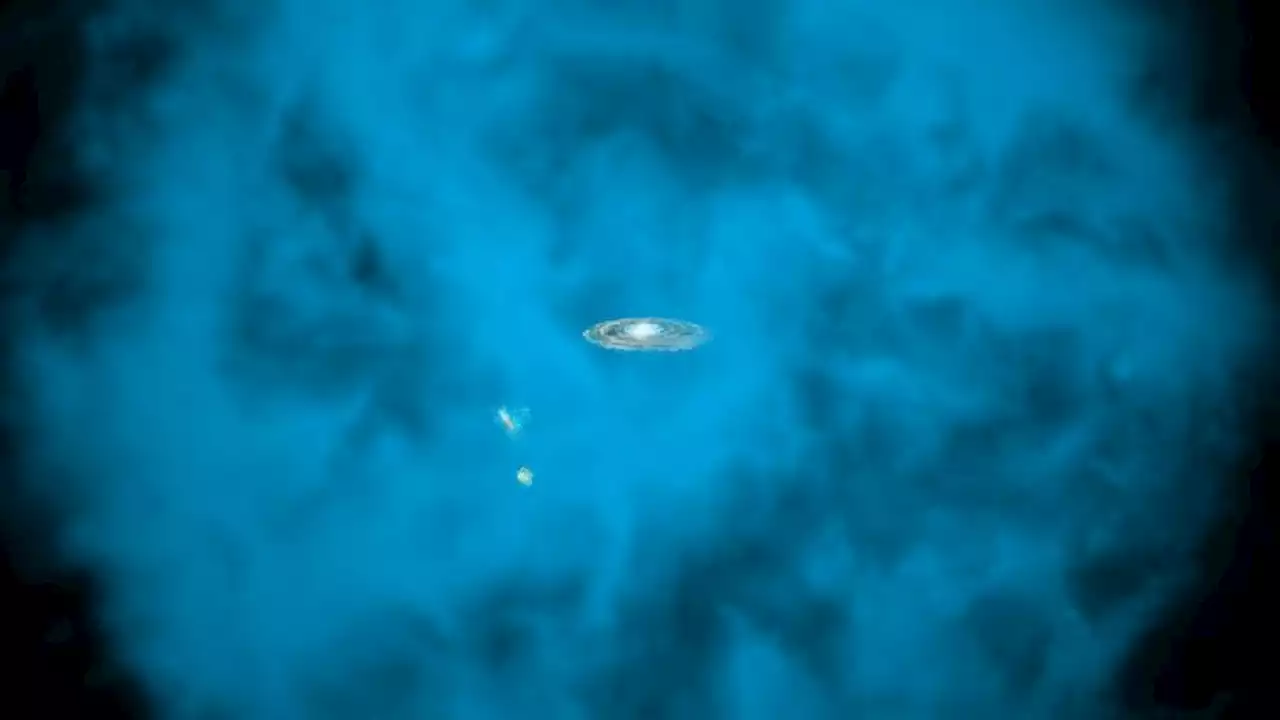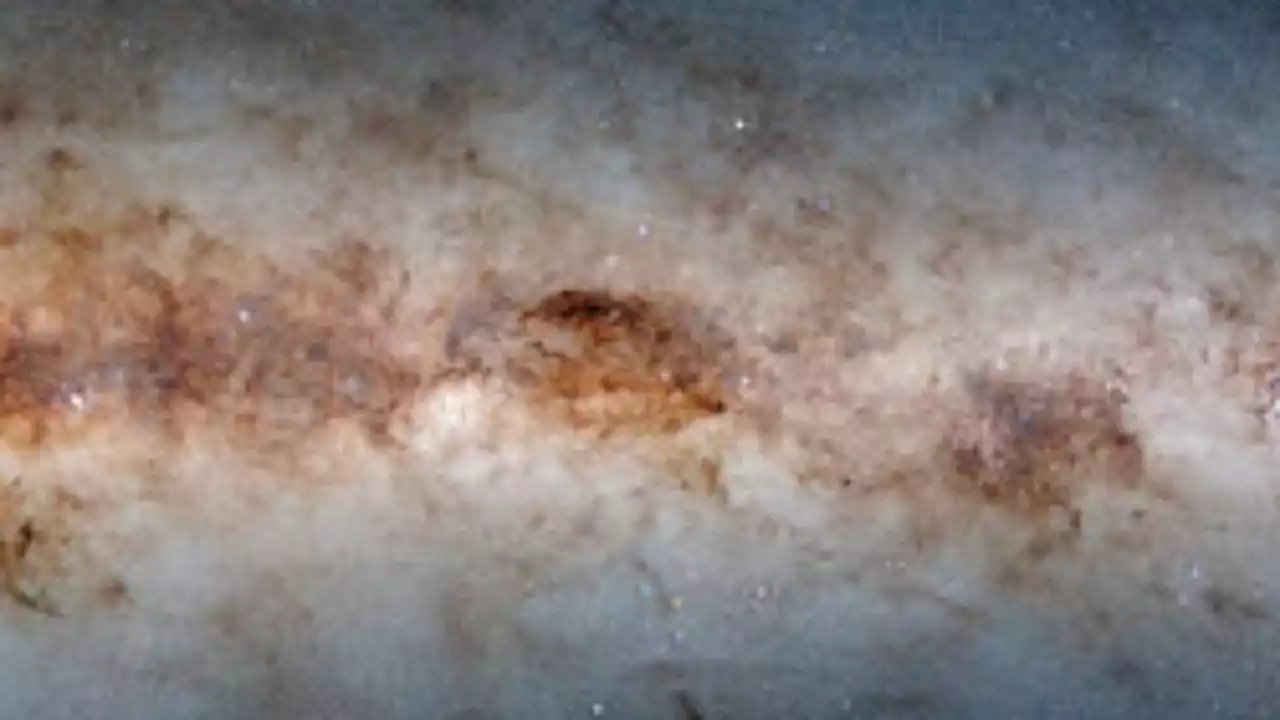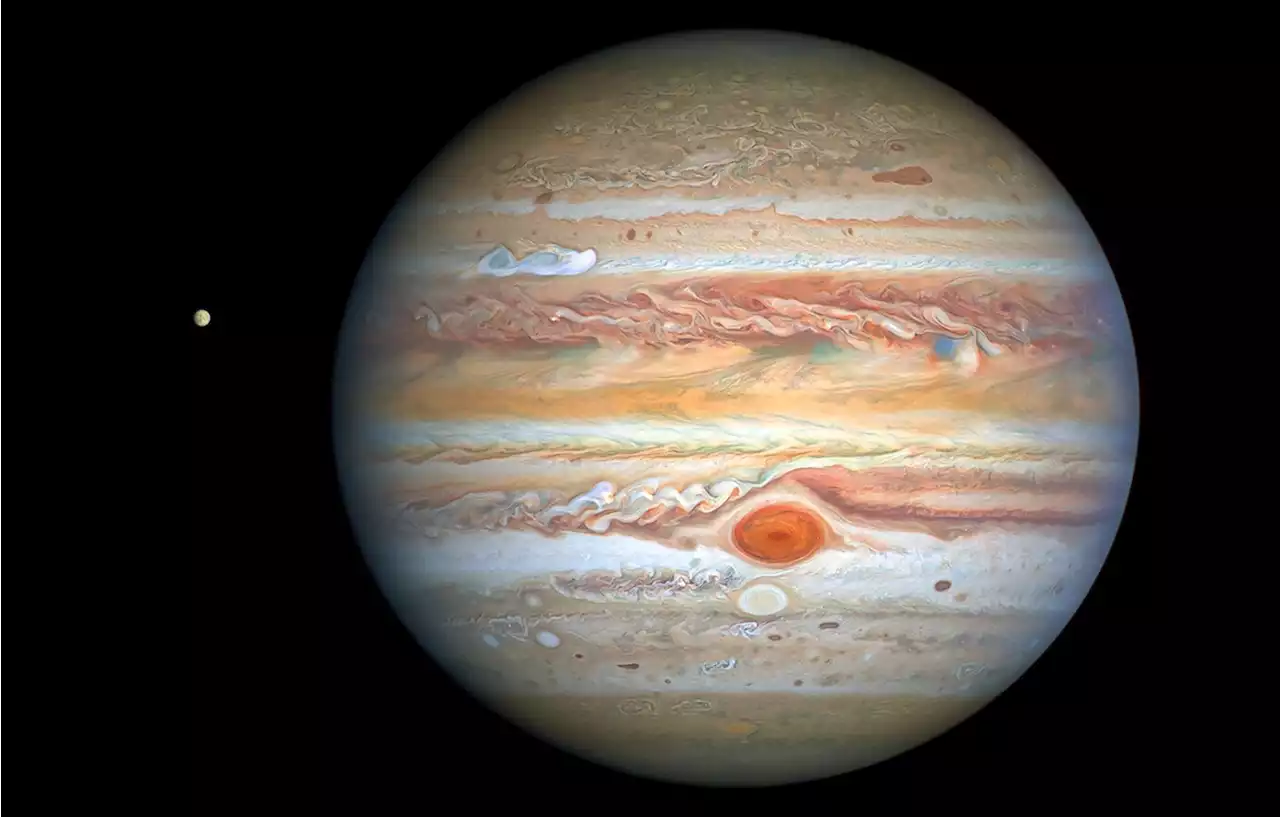Astronomers may have finally figured out one of the biggest mysteries surrounding Jupiter's asteroid swarms.
. What you might now know, though, is that two of Jupiter’s asteroid swarms have left astronomers scratching their heads for decades now.
The L4 and L5 Jupiter Trojan swarms are two clusters that contain more than 10,000 asteroids. Each of these swarms follows the gas giant along its orbital path around the Sun, and for decades scientists have tried to figure out why there are significantly more asteroids in the L4 swarm. Based on everything we know; the two Jupiter asteroid swarms should be symmetrical.
Jupiter has two major asteroid swarms that have baffled scientists for decades. Image source: Mopic/Adobe, we finally have a possible explanation. The researchers say that the fast outward migration of Jupiter as it moves away from the sun may be what distorts the Jupiter asteroid swarms. This movement, they claim, is what results in more stable asteroid orbits appearing within L4 compared to L5.
The model simulates the orbital evolution of Jupiter, which is caused by the instability of planetary orbits in the early solar system. As such, this instability led to the outward migration of Jupiter at a very high speed. The migration may then have been the cause of the changes in the Jupiter asteroid swarms we see today.
Being able to successfully simulate an event from the early stages of the solar system could help us see this development in more clarity, allowing us to solidify the reasoning between the differences we see in Jupiter’s asteroid swarms.
United States Latest News, United States Headlines
Similar News:You can also read news stories similar to this one that we have collected from other news sources.
 Astronomers capture radio signal from ancient galaxy at record-breaking distanceThe detection of the special radio wavelength from the most distant galaxy means astronomers may be ready to investigate how the earliest stars form.
Astronomers capture radio signal from ancient galaxy at record-breaking distanceThe detection of the special radio wavelength from the most distant galaxy means astronomers may be ready to investigate how the earliest stars form.
Read more »
 Astronomers weighed the Milky Way, and found huge amounts of matter missingMysterious fast radio bursts (FRBs) helped astronomers weigh our galaxy, and reveal that some matter is missing.
Astronomers weighed the Milky Way, and found huge amounts of matter missingMysterious fast radio bursts (FRBs) helped astronomers weigh our galaxy, and reveal that some matter is missing.
Read more »
 4 cosmic events astronomers say you don't want to miss in 2023Skywatchers have plenty of big cosmic events to look forward to in 2023, including a partial solar eclipse, meteor showers, and more.
4 cosmic events astronomers say you don't want to miss in 2023Skywatchers have plenty of big cosmic events to look forward to in 2023, including a partial solar eclipse, meteor showers, and more.
Read more »
 More than 3 billion stars, galaxies are captured in a massive new surveyAstronomers released a massive survey of the galactic plane of the Milky Way. The new dataset reportedly contains a staggering 3.32 billion celestial objects.
More than 3 billion stars, galaxies are captured in a massive new surveyAstronomers released a massive survey of the galactic plane of the Milky Way. The new dataset reportedly contains a staggering 3.32 billion celestial objects.
Read more »
 Radio signal from 8 billion light-years away could reveal the secrets of the universe's 'dark age'Astronomers detected a radio signal from deeper in space than ever before, using a cosmic trick first predicted by Einstein.
Radio signal from 8 billion light-years away could reveal the secrets of the universe's 'dark age'Astronomers detected a radio signal from deeper in space than ever before, using a cosmic trick first predicted by Einstein.
Read more »
 A New World’s Extraordinary Orbit Points to Planet NineAstronomers argue that there’s an undiscovered giant planet far beyond the orbit of Neptune. A newly discovered rocky body has added evidence to the circumstantial case for it.
A New World’s Extraordinary Orbit Points to Planet NineAstronomers argue that there’s an undiscovered giant planet far beyond the orbit of Neptune. A newly discovered rocky body has added evidence to the circumstantial case for it.
Read more »
